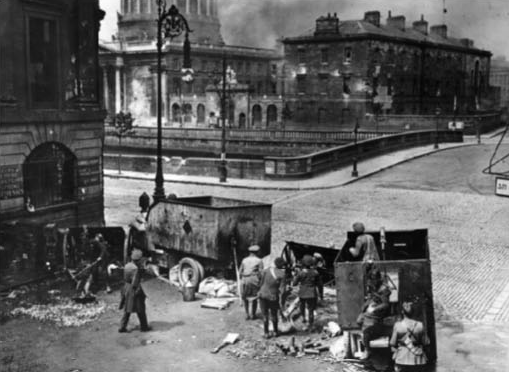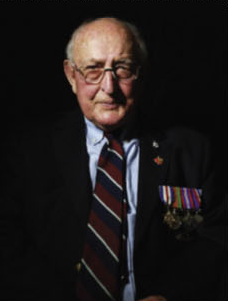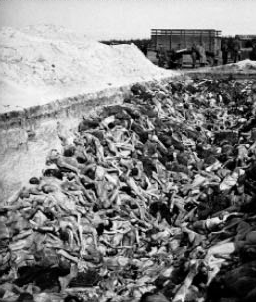TV Eye: An Léigear/The Siege 1922 | Witnesses to war
Published in Issue 1 (January/February 2014), Reviews, Uncategorized, Volume 22An Léigear/The Siege 1922
Fastnet Films, TG4, 23 October 2013
Witnesses to war
RTÉ1, 12 November 2013

National Army artillery shelling the IRA-occupied Four Courts opposite in June 1922. The testimonies of protagonists are recounted over a stunning assemblage of such contemporary images. (NLI)
TG4, it is fair to say, is now the home of the Irish documentary on TV. A couple of years ago we reviewed An Conradh/The Treaty (HI 20.2, March/April 2012), produced by Fastnet Films and directed by Andrew Gallimore. The same production team now turn their attention to the outbreak of the Civil War, and the fighting that took place in Dublin between 28 June and 5 July 1922. Like An Conradh, An Léigear tells its story through contemporary testimonies. While there is a narration by Macdara Ó Fátharta, this gives way to the accounts of protagonists who range from the legendary IRA organiser Ernie O’Malley to the British commander in Ireland, General Neville Macready, as voiced by a cast that includes Mario Rosenstock, Peter Coonan and Padraic Delaney. The format remains the same: the testimonies are recounted over a stunning assemblage of contemporary images, including some extraordinary (and apparently previously unreleased) footage of the immediate aftermath of the destruction of the Four Courts. There is no recourse to talking heads and reconstructions, and it is all the better for that. An Léigear is a superb and vivid documentary that conveys its dramatic subject-matter with a rare immediacy. It is apparently the second in a planned trilogy; roll on episode three.

RAF pilot Albert Sutton from Dublin was visibly affected by what he had witnessed
The 1920s remain at the limits of living memory. While many of those active in the Irish Revolution left written testimonies, used by the producers of An Léigear to great effect, audio and visual recordings remain rare. There is still scope to collect accounts by those active in the 1940s, however, and in recent times Bryan Dobson and Donal Byrne of RTÉ have been recording testimonies from Irish men and women who fought in World War II. Previously (HI 19.5, Sept./Oct. 2011) we published Bernard Kelly’s piece on the treatment of servicemen who deserted the Irish Defence Forces during the ‘Emergency’. This was relevant to the campaign to pardon those deserters who had gone on to serve in the Allied forces (usually the British military). It did seem, however, that in the course of the campaign there was greater emphasis on the perceived misdeeds of Eamon de Valera’s government (feel free to read Kelly’s article on our website) than on the actual experience of the Irish who had fought in the war. Witnesses to war consisted of interviews with seven Irish veterans who served in the British army, RAF and merchant navy, and whose experiences ranged across a number of theatres of war. This was an elegant and understated documentary, extremely well illustrated with contemporary footage and devoid of either polemic or narration, in which the veterans were allowed to speak for themselves.
They revealed a variety of motives for enlisting. Some, such as John Mahoney from Kerry, served in the 51st Highland Division at a time when Ireland was devoid of ‘prospects’. Harry Callan from Derry became a merchant seaman at a time when there were few opportunities for Catholics under the sectarianism of the Stormont regime. John Crisp, a tank driver in North Africa and elsewhere with the North Irish Horse, joined up ‘for the hell of it’, but also felt that the war was one in which Ireland should be involved. Jim Redmond from Dublin served in the RAF, having heard of the experience of the Blitz from relatives, and was later involved in the Peenemunde raids. One can argue whether Irish men and women should have stayed at home to serve in the Irish army. After all, in the early years of the war Ireland was faced with the dubious attentions of two potential belligerent powers, given the fear that any German invasion of Ireland would be countered with a British response. It was not clear whether the seven men interviewed here served in the Irish Defence Forces, though, considering the tales they recalled, it seems highly unlikely. But based on those recollections, it is impossible to argue that they took an easy way out by serving in the British forces.

at the liberation of Bergen-Belsen
These were quite unflinching recollections, devoid of nostalgia or romanticism. Pat Gillan from Galway served in a commando unit that lost 53% of its numbers in the D-Day landings. There were also hints of a human cost away from the battlefields. Denis Murnane, a bombardier from Dublin, recalled how a nurse he dated in Torquay had previously gone out with a pilot who, having been told he was to return to operative duty, killed himself. Post-traumatic stress was not recognised in the 1940s: ‘lack of moral fibre’ instead led to demotion and disgrace. Murnane was later imprisoned; having been shot down, he was captured by a member of the Luftwaffe who had learned his English in Kildare!
Some of the veterans were still visibly affected by what they witnessed seven decades ago. Albert Sutton from Dublin was involved in the liberation of Bergen-Belsen, and the footage deployed to illustrate what that consisted of left little room for doubt about what he had witnessed. Harry Callan was also imprisoned, and related horrific experiences of being forced to work as a virtual slave on a submarine bunker near Bremen. His recollections of the sadism of some of his German guards were thrown into stark relief by a simple act of kindness by a German doctor’s family: to see an elderly man break down at the memory of receiving a cup of coffee in the 1940s is a powerful rebuke to anyone who might disregard the experiences of such men. Dobson and Byrne—neither of whom appeared on screen—are to be commended for trying to record their testimonies while it is still possible to do so.
Many of the anecdotes related in Witnesses to war refer to other Irish soldiers serving in the British ranks: a hint that there was perhaps a degree of solidarity amongst these Irishmen who fought in a foreign army, but also a reminder that the seven stories related here only scratch the surface of what might remain to be told of the Irish involvement in World War II. This was a powerful and gripping piece of television—better late than never. HI
John Gibney is the on-line editor of History Ireland.
















